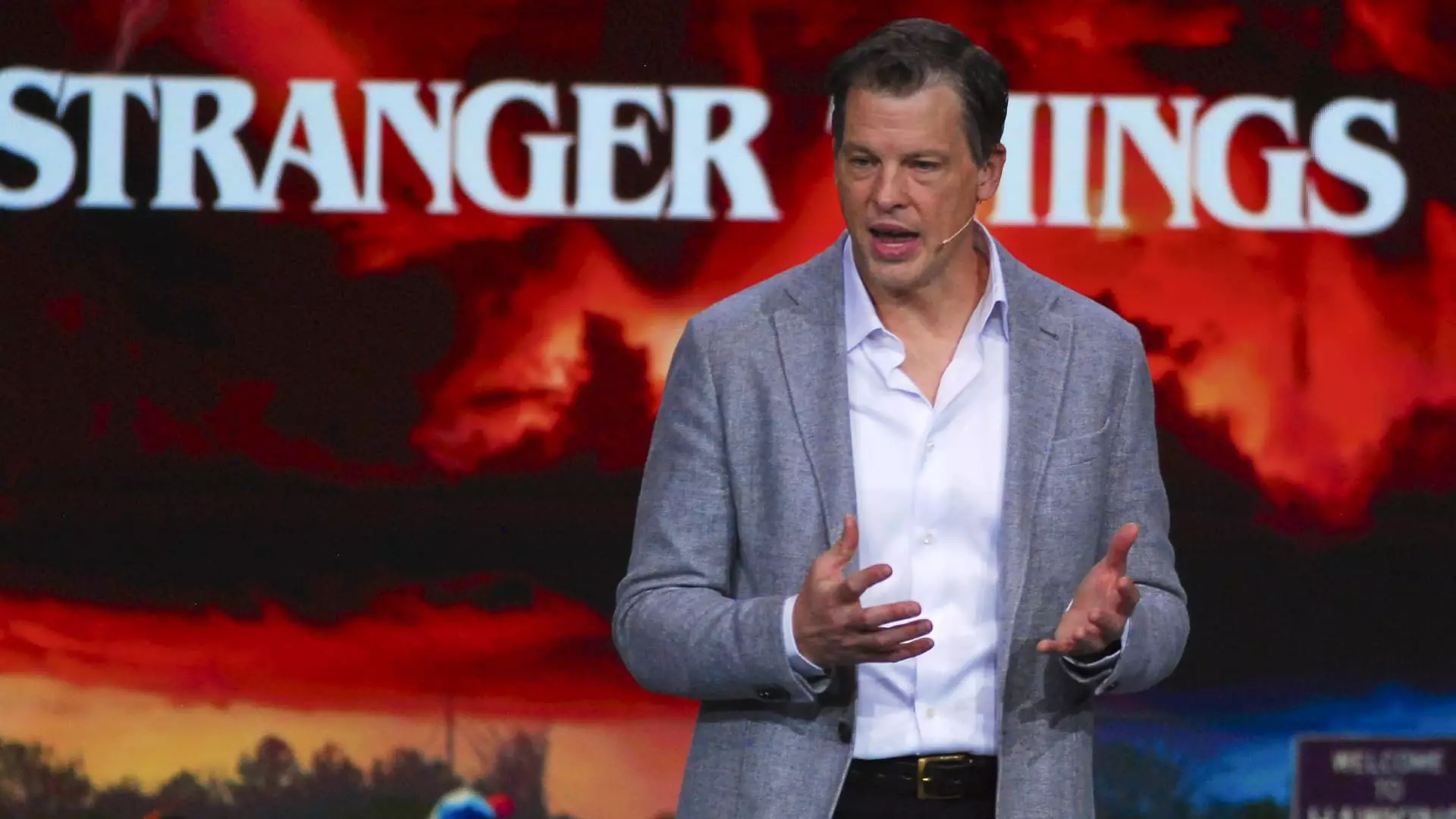As Netflix continues to position itself optimistically amidst a turbulent economic landscape, one must question the extent to which its confidence is warranted. Executives recently reported a stellar operating margin of 31.7%, significantly outpacing expectations of 28.5%. While on the surface this might appear to paint a rosy picture of the company’s resilience, beneath it lies a more complex narrative. Their projections for the second quarter also exceeded average predictions, reinforcing an image of robust growth. However, a critical analysis reveals a more cautious outlook that Netflix is purposefully overshadowing.
High Margins But Low Confidence
Co-CEO Greg Peters highlighted Netflix’s historical resilience to economic downturns, but this assertion feels overly simplistic. While it is true that home entertainment is often more budget-friendly than other leisure activities, such as dining out or traveling, the current economic climate presents unique challenges. With U.S. consumer sentiment at its second-lowest level since 1952, it is disconcerting that Netflix chose not to revise its long-term guidance. This reluctance reflects a company that is not entirely sure of its footing, suggesting a vulnerability that they are not ready to acknowledge publicly.
A Possible Subscriber Exodus? The Unanswered Questions
Netflix’s decision to stop reporting quarterly subscriber numbers is telling. By withholding this crucial data, the company avoids answering tough questions about potential customer attrition, especially as macroeconomic pressures mount. This silence could indicate that they are bracing for higher churn rates among subscribers, a threat that could have dire implications for revenue. The average subscription price is set at an enticing $7.99 with ads, but as tightening budgets become the norm, consumers may soon begin to reconsider the value of their entertainment choices.
The Impact of Economic Forces on Consumer Behavior
The presence of President Donald Trump’s tariffs and general economic uncertainty could change consumer behavior in unpredictable ways. While Peters maintains that retention remains “stable and strong,” the impending economic storm may soon test the limits of that assertion. A more nuanced understanding of consumer psychology reveals that families might start prioritizing their spending as they feel the economic pinch. Thus, Netflix’s current operating strength may not translate into long-term sustainability in the face of financial strain on its viewers.
Investor Trust vs. Reality
Netflix’s commanding numbers and apparent confidence may placate investors momentarily, but the underlying hesitations should not be ignored. The lack of a revised outlook indicates that that executives recognize the turbulence facing the company. While they flaunt impressive margins, a deeper understanding of economic realities suggests that Netflix’s true test lies in its adaptability. If the economy falters further, what level of churn will Netflix actually face, and can they maintain their celebrated leadership in the streaming market? As more consumers tighten their belts, it will be Netflix’s ability to navigate this landscape gracefully that will ultimately determine its fate.

